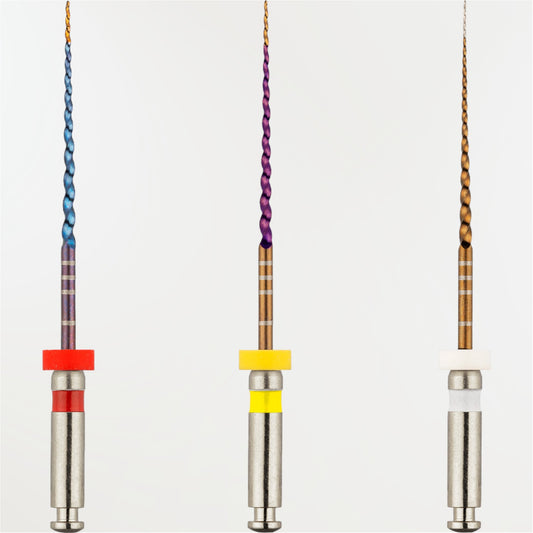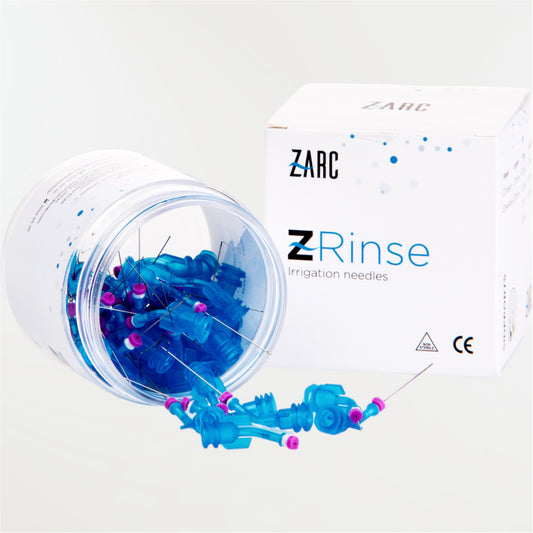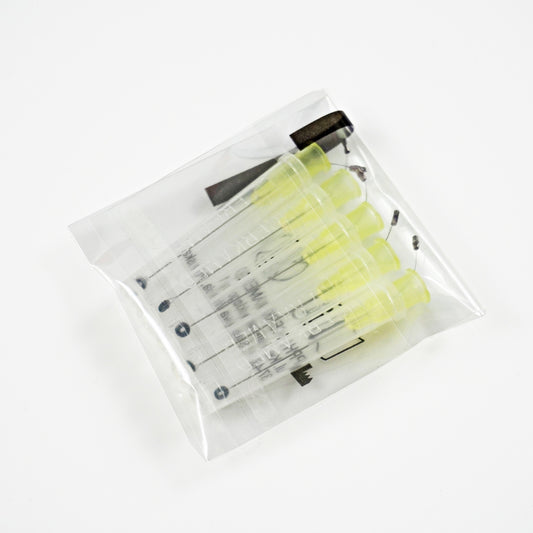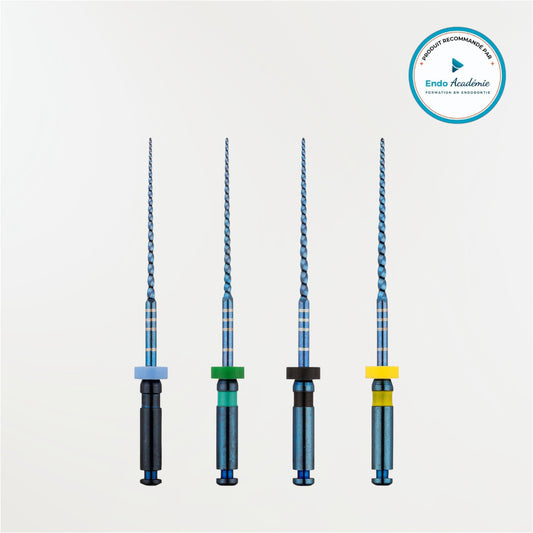According to Dr. José Aranguren
In a constantly evolving world, endodontics is no exception. While literature, technology, and materials are evolving, it seems logical—even essential—that our clinical protocols adapt as well. This is the central message of the lecture by Dr. José Aranguren , who, as a true artisan of innovation, combines clinical expertise with involvement in the design of modern instruments.
A philosophy of continuous progress
From the first minutes of his speech, Dr. Aranguren insisted: "If in ten years we are still working as we are today, it is because we have failed to progress."
Endodontics cannot be static. It must respond to a constant need for adaptation, integrating new canal geometries, biological constraints and technological developments.
From mass shaping to tissue preservation
Through a series of comparative clinical cases, he highlights the evolution of his own practice between 2010 and 2022: less brushing of the canal walls, reduced use of instrumentation time, adoption of pecking motions , and above all, use of finer, more flexible instruments, serving a shaping more respectful of the initial anatomy .
The emergence of instruments with a thinner core (from 1.2 mm to 0.6 mm) makes it possible to preserve the pericervical dentin , while maintaining good cutting efficiency thanks to new alloys and heat treatments.
Towards a new generation of “intelligent” instruments
One of the major innovations presented is the “Dual Wire” technology , which combines two distinct heat treatments in a single file: a more rigid and efficient tip for penetration (more austenitic alloy), combined with a more flexible body to follow the curves and preserve the canal integrity. This concept is available in instruments such as the Blue Shaper Pro or the Slim Shaper Pro , true symbols of this generation of “hybrid” instruments.
In addition, instruments coated with ionic nano-coatings (Nano Coating Treatment) are beginning to appear: they improve cutting efficiency without compromising the flexibility of the file — a particularly interesting promise for the future.
A new approach to apical enlargement
Another highlight: the development of specific apical widening files , allowing the apical third to be treated without touching the coronal part , thus breaking with the traditional logic of conical widening. These instruments (size 30 to 50, with a reduced coronal diameter) optimize cleaning in critical areas while limiting mechanical invasion .
Conclusion: Preserve, without compromising
Through his speech, Dr. Aranguren advocates for endodontics that is both technological and conservative . An art of balancing mechanical performance and tissue respect. Shaping becomes intelligent, targeted, and surgical.
Minimally invasive shaping, combined with high-performance irrigation and obturation systems, opens the way to sustainable, reversible and predictive endodontics.
✅ The 5 key points to remember:
-
Evolution is a must : remaining fixed in one's protocols compromises the quality of care. Endodontics must constantly adapt to technical and scientific innovations.
-
Less instrumentation, more precision : reducing working time in the canal and using fine instruments reduces the risks of fracture, canal transport and dentin loss.
-
“Dual Wire” technology: efficiency + flexibility : the combination of two heat treatments in the same file improves penetration and resistance while preserving the original shape of the canal.
-
Targeted apical widening : possibility of increasing the apical diameter without widening the coronal part , guaranteeing better disinfection while limiting structural loss.
-
The future is nano-coating : Instruments with nano-coating offer improved cutting efficiency without compromising flexibility – a promising turning point for modern endodontics.







